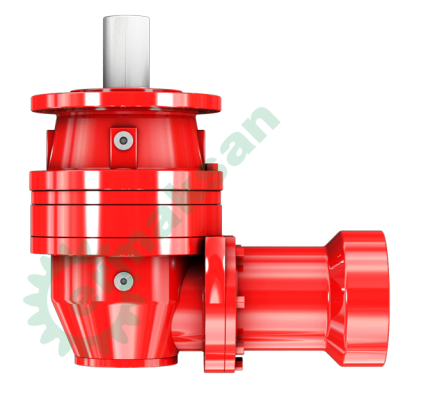
Elbow Reducers
Elbow reducers, also known as elbow reducers or elbow transition fittings, are an essential component in many piping systems. They are designed to connect pipes of different sizes and directions, allowing for smooth and efficient fluid flow. In this blog post, we will take a closer look at elbow reducers, how they work, their advantages, andtheir applications.
How Elbow Reducers Work:
Elbow reducers work by connecting pipes of different sizes and directions, allowing forfluid to flow efficiently through the system. They consist of two sections: an elbowsection that changes the direction of the pipe and a reducer section that reduces thepipe’s diameter.
Elbow reducers are available in different angles, including 45 degrees and 90 degrees, allowing for greater flexibility in piping system design. The angle of the elbow sectiondetermines the direction of the pipe, while the reducer section reduces the pipe’sdiameter to accommodate the smaller pipe size.
Advantages of Elbow Reducers:
Elbow reducers offer several advantages over other types of fittings, including:
Applications of Elbow Reducers:
Elbow reducers are used in a wide variety of applications, including:
Conclusion:
Elbow reducers are an essential component in many piping systems, allowing for theefficient flow of fluids through pipes of different sizes and directions. They are easy toinstall, cost-effective, and durable, making them an ideal solution for a wide variety of applications. Elbow reducers are commonly used in HVAC systems, plumbing systems, chemical processing, and food and beverage processing, among other applications. Withtheir ability to connect pipes of different sizes and directions, elbow reducers play a critical role in ensuring the smooth and efficient operation of many piping systems.
